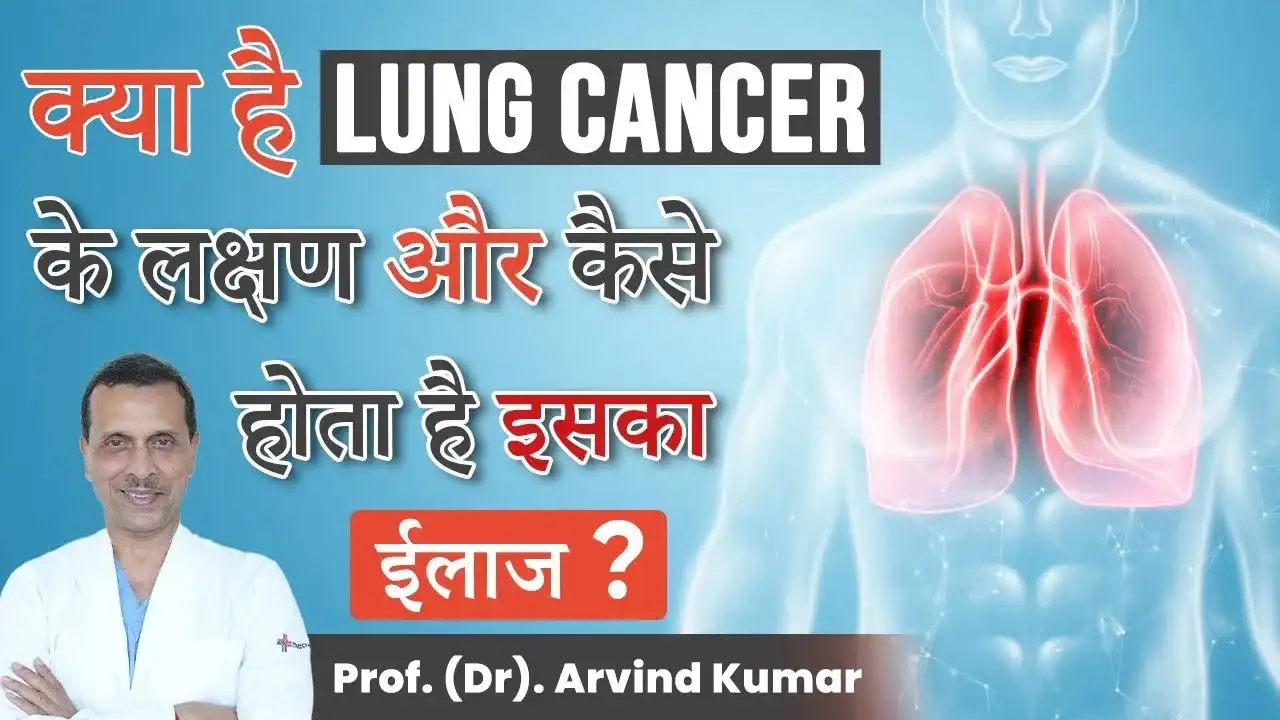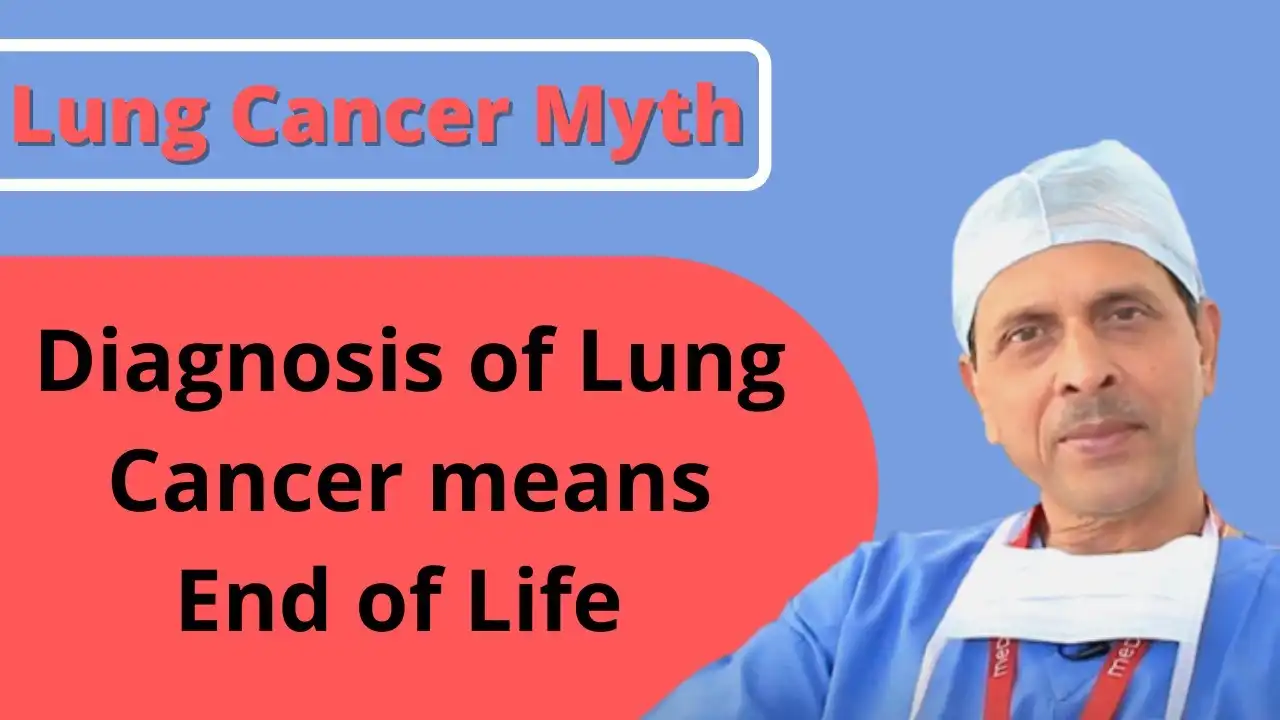The global burden of chronic respiratory diseases is over 500 million. This means that 500+ million people are actively suffering from some form of lung disease. And the worst part of the situation is that the numbers are progressively worsening.
From the impacts of environmental pollution to unhealthy lifestyle choices, many factors are actively triggering the onset of lung disease in people worldwide.
Besides these factors, another reason behind the progressing numbers is the lack of prioritization of symptoms. Lung diseases often start with very trivial symptoms like coughing, wheezing, and shortness of breath.
Prioritizing these early warning signs is crucial to lung disease diagnosis in most patients. We will discuss more on that in this article.
What are the Different Types of Lung Disease?
When distinguishing or categorizing lung diseases, there are three primary types worth exploring. These include:
Airway diseases
These are the types of chronic respiratory diseases or lung diseases that affect the airways that transport oxygen in and out of the lungs. The condition often leads to narrowing or airway blockages, leading to cyanotic spells in patients.
The phrase, “I feel like I am breathing through a straw,” is very common in patients with airway diseases.
Some of the most common types of airway diseases include:
- Chronic obstructive pulmonary disorder (COPD)
- Bronchiectasis
- Asthma, etc.
Lung tissue diseases
As the name suggests, lung tissue diseases are the type of lung diseases that directly impact the lung tissue or the lung anatomy. The most common impacts include scarring or prominent lesions on the lung tissue, all of which lead to poor expansion and retraction of the lungs, making it difficult for the patients to breathe comfortably.
The lack of flexibility in the lung tissue also affects the gaseous exchange in the blood, leading to discomfort or a feeling of tightness around the chest.
Some of the common types of lung tissue disorders include:
- Pulmonary fibrosis
- Sarcoidosis
Lung circulation diseases
The last type of lung disease that deserves special mention is lung circulation disease. These are the more advanced complications in the blood vessels supplying to and from the lungs. Obstructions in these blood vessels can lead to poor blood circulation in and out of the lungs.
The most common triggers behind circulation diseases include inflammation, scarring, or clotting inside the blood vessels. Conditions like these don’t have limited impacts on the lungs. In fact, most patients suffering from lung circulation diseases also struggle with heart disease.
Some of the common lung circulation diseases include:
- Pulmonary hypertension
Besides these conditions, another common type of lung disease or disorder is lung cancer. It is a condition where tumors grow in the lungs, leading to affected or hampered function. Lung cancer is a progressive disease and is of two types – Non-small Cell Lung Cancer (NSCLC) and Small Cell Lung Cancer (SCLC).
Although most symptoms in lung diseases are similar, a few have subjective symptoms exclusive to the condition. For example, patients suffering from pulmonary hypertension are also often diagnosed with congestive heart failure.
What are the Warning Signs of Lung Disease?
Experiencing a stubborn cough that comes and goes might not seem too big of a deal. Maybe it’s the changing weather, maybe it’s the allergy season – the excuses are quite diverse. However, you need to understand that a recurring and persistent cough is one of the earliest signs of lung disease. What Are The Signs That Your Lungs Are Failing?
The following are the most common symptoms to look out for in an early diagnosis of lung disease:
1. Shortness of breath
Feeling out of breath or experiencing signs of labored breathing are two of the most common signs of lung disease. Most patients report feeling heaviness or tightness in their chest when they are breathing.
Medically known as dyspnea, it is an early indicator of major airway diseases or other lung-related complications like asthma and COPD.
If the feelings of breathlessness and discomfort persist or recur, it is ideal to not take the symptoms in the passage and instead see a doctor about it.
2. Chronic Cough
If you are suffering from a persistent cough that doesn’t go away even after a month, it is categorized as a chronic cough.
Although a standard cough could be a symptom of something trivial like a cold, flu, or an infection, a chronic cough does much worse to the body.
Not just lung disease, a persistent and progressively worsening cough could also be a sign of heart disease in the patient. Getting an early diagnostic evaluation of lung disease based on constant coughing isn’t far fetched. Instead, it could be life-saving.
3. Chronic Chest Pain
Another common and early sign of lung disease that’s often misinterpreted is experiencing chronic chest pain. This kind of symptom is also associated with heart disease and heart failure.
Chronic chest pain involves sharp, shooting pain that feels like someone is jabbing into the chest persistently.
Also, chest pain is considered chronic if it lasts for over a month and lingers around persistently, despite the changing degree of pain.
4. Chronic Mucus Production
Our body is programmed in a way to make it self-sufficient. Phlegm or sputum production is directly correlated with infection. This means that the excess production of phlegm is a way for the body to eliminate infection or irritants out of the body.
If you are experiencing chronic mucus production, it indicates that the lungs are fighting a serious underlying condition. It could be an infection or a disorder that affects the lung function in the patient.
Some of the most common early signs of lung disease are, experiencing persistent mucus production paired with a chronic cough and tightness in the chest.
5. Bloody Cough
If you notice blood coming out when coughing, it is a sign of irritation in the upper respiratory tract or in the lungs.
While experiencing it sparsely might not be as worrying, if you notice a bloody cough persistently or recurring every few days, it demands an immediate medical evaluation.
Besides a blood cough, experiencing wheezing or noisy breathing can also confirm lung disease diagnosis by age.
What are the Early Signs of Lung Cancer?
Lung cancer is extremely unpredictable. Most patients don’t experience any symptoms in the earlier stages.
Besides these symptoms mentioned above, look out for the following symptoms too:
- Unexplained weight loss
- Hoarseness in the voice
- Loss of appetite
- Feeling weak
- Recurrent pulmonary infections, etc.
If you notice these symptoms coming, recovering, and recurring, these situations require medical intervention immediately. Additionally, if you have a family history of lung cancer or are exposed to risk factors that contribute to lung cancer, it is ideal to get an annual screening for a potential diagnosis.
When to See a Doctor for a Lung Disease Diagnosis?
Lung diseases are no joke, especially when it involves complications that could lead to poor oxygenation or impacts on nearby organs like the heart.
With an elevated degree of air pollution, chemicals, and hazards surrounding us, Dr. Arvind Kumar prioritizes the need for an early diagnosis. Instead of pushing the symptoms under the rug, you must seek immediate medical evaluation despite the outcomes.
Even if it is for one’s peace of mind, consulting a leading pulmonologist or chest and thoracic doctor is crucial for a confirmed diagnosis. The lack of timely diagnosis can lead to the condition getting worse with time.
You might consider seeing a doctor if:
- You are experiencing any or multiple of the symptoms we have mentioned above
- You are witnessing your skin turning blue in the extremities
- You are constantly tired and feeling drained, despite eating well
- You are experiencing symptoms that temporarily get better but eventually recur and get worse
Additionally, if you experience dizzy spells or become unconscious, those situations demand an immediate medical evaluation. You might need to be rushed to the hospital immediately for further evaluation.
Conclusion
Paying attention to the early signs of lung diseases is crucial for diagnosing and treating a lung disease. At Medanta, Dr. Arvind Kumar and his team focus on quicker and fast-paced diagnosis to ensure that the patients aren’t experiencing any discomfort and are able to prioritize their quality of life.
For queries and more details about consultations, visit https://drarvindkumar.com/contact-us.php
FAQs
What are the first signs of lung problems?
Breathing issues and chest pain are the two most common signs of lung problems in patients.
How would I know if something is wrong with my lungs?
The only way to confirm something wrong with the lungs is with a diagnostic evaluation of lung cancer or lung disease. What kind of tests your doctor prescribes will depend on the symptoms you are experiencing.
How long can one live with lung cancer?
The life expectancy after lung cancer diagnosis varies. Around 15% of patients live over 5 years, while 10% of patients live 10+ years. The survival rate depends on the stage of diagnosis and how well the patient is responding to the treatments.

.webp)





